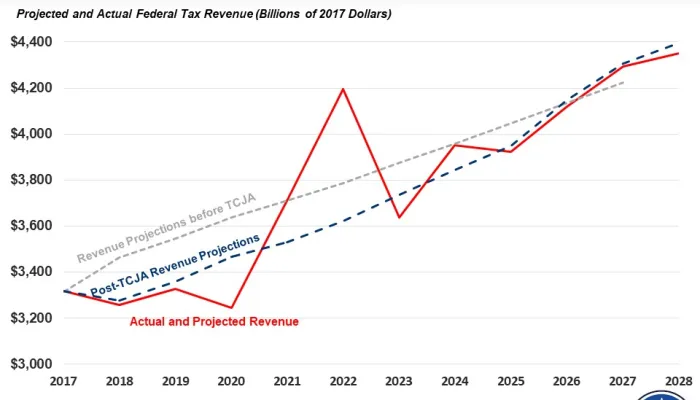Tyson on Retirement Savings and Tax Provisions
Today, in a Project Syndicate piece, Laura Tyson examines the state of retirement saving in the U.S. and argues that many retirement saving tax expenditures are failing to achieve their goals. Many tax expenditures are designed to encourage actions that many lawmakers would argue are useful, like charitable donations and homeownership. The problem is that many of those provisions could be better designed, often serving as a windfall for upper-income taxpayers and unnecessarily costing the government tax revenues.
Personal retirement savings, another pillar of the US retirement system, are woefully inadequate for most households, partly because the decades-long stagnation in median wages has made it difficult to save. According to a recent study, one-third of Americans aged 45-54 have nothing saved specifically for retirement. Meanwhile, three-quarters of near-retirees – those aged 50-64 – have annual incomes below $52,201 and average total retirement savings of less than $27,000.
The United States relies on generous tax incentives to encourage personal retirement savings, but these incentives are poorly targeted and yield limited returns. More than 80% of the value of these incentives goes to the top 20% of taxpayers, who earn more than $100,000 a year. Moreover, while the incentives cost the US Treasury nearly $100 billion annually, they induce little new saving; instead, they cause high-income taxpayers to shift their savings to tax-advantaged assets – a major reason why President Barack Obama proposes capping the tax deduction for retirement saving.
A more radical proposal would convert the tax deduction into a means-tested and refundable matching government contribution – deposited directly into a taxpayer’s individual retirement account (IRA). Taxpayers are more responsive to matching incentives than they are to tax incentives, because the former are easier to understand and more transparent.
Tyson argues that reforms like automatic enrollment would be more effective than the retirement tax expenditures.
Lack of coverage in employer-based plans and insufficient personal savings leave more than one-third of all households (and more than 75% of low-income households) entirely dependent on Social Security for their retirement income. And, because Social Security replaces only about 40% of pre-retirement income for low-wage workers and less than a third for median-wage workers, those who rely on it as their sole source of income live at or below the poverty line. (Replacement rates in other developed countries are in the 70% range, compared to a benchmark of 80% recommended by retirement experts.
Addressing the looming retirement crisis in the US requires increasing worker coverage in employer-based plans. Here, automatic enrollment, unless workers opt out, has proved effective, boosting employee participation to more than 90%. Indeed, recent research indicates that automatic enrollment is much more effective than tax incentives for increasing retirement saving.
But many employers do not offer retirement plans, while almost all workers are eligible for tax-advantaged IRAs. As Obama has proposed, employers that do not offer retirement plans should be required to offer automatic contributions to their workers’ IRAs through regular payroll deductions. Matching government contributions should be used in lieu of, or in addition to, tax deductions to encourage low-income workers to participate.
Lawmakers may decide that retirement tax expenditures justify their cost or might choose to use alternative methods to promote retirement saving. Either way, these tax expenditures should at least be reviewed in comprehensive tax reform, as the House Ways and Means Committee and Senate Finance Committee have begun to do. With an overly complex and inefficient tax code, not all tax expenditures need to be eliminated, but all should be examined to see if they justify their costs.


